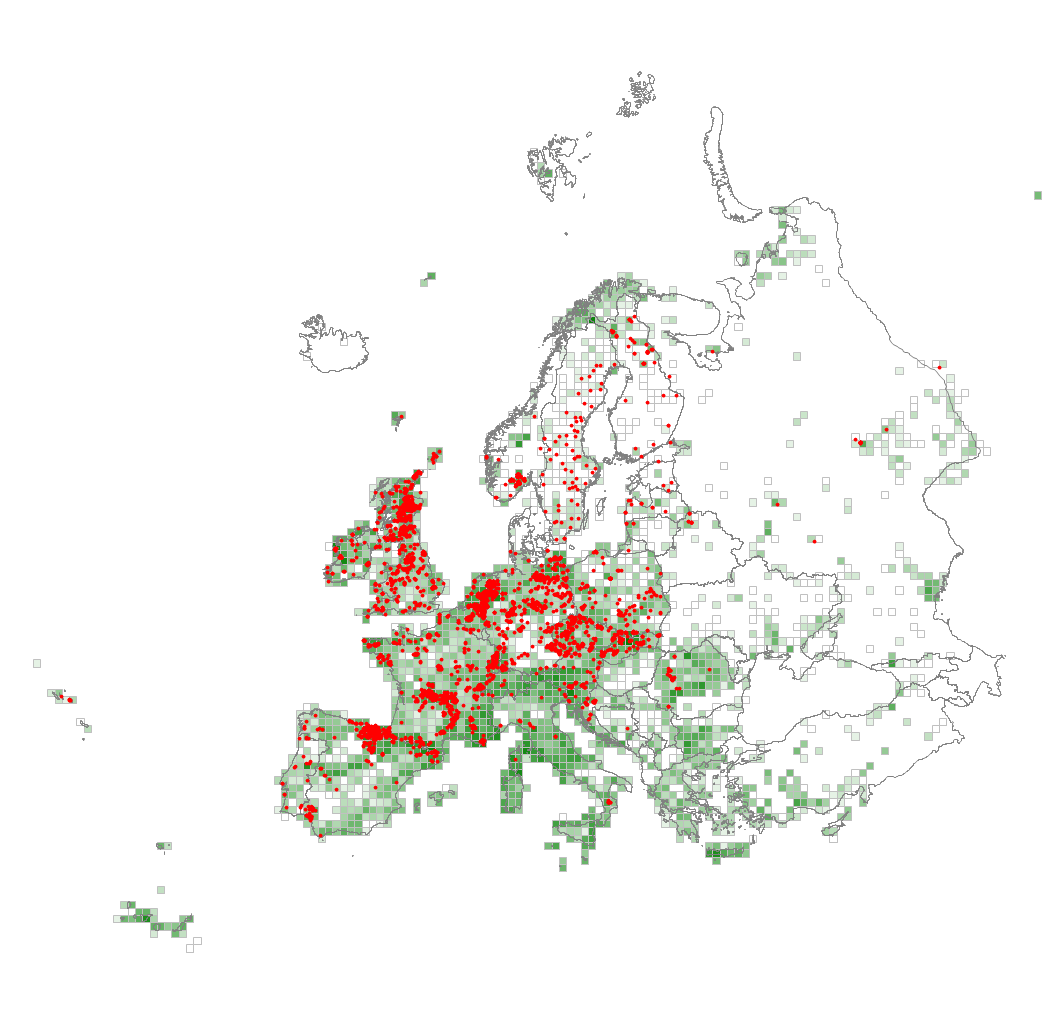S42 Dry heath
Heath dominated by various ericaceous sub-shrubs on free-draining, nutrient-poor, acid sands and siliceous soils through the lowlands and foothills of Western and Central Europe, extending northwards in more oceanic situations and into continental regions in precipitation-rich areas at higher altitudes. Very often influenced by grazing and burning and frequently a secondary vegetation type derived by clearance of acidophilous forest and maintained anthropogenically.
Chytrý M., Tichý L., Hennekens S.M., Knollová I., Janssen J.A.M., Rodwell J.S. … Schaminée J.H.J. (2020) EUNIS Habitat Classification: expert system, characteristic species combinations and distribution maps of European habitats. Applied Vegetation Science 23: 648–675. https://doi.org/10.1111/avsc.12519
Version 2025-10-03, https://doi.org/10.5281/zenodo.16895007.
For the official presentation of the EUNIS Habitat Classification from the European Environment Agency, please see: EUNIS Terrestrial Habitat Classification 2021. The FloraVeg.EU presentation may show modifications and partial updates to the habitat classification.

1.jpg)
2.jpg)
3.jpg)
4.jpg)
5.jpg)
7.jpg)
9.jpg)
11.jpg)
13.jpg)